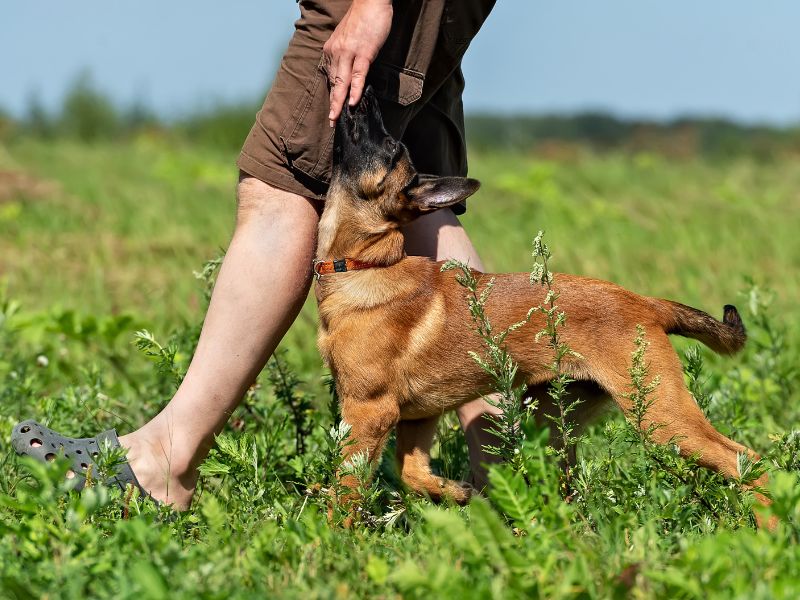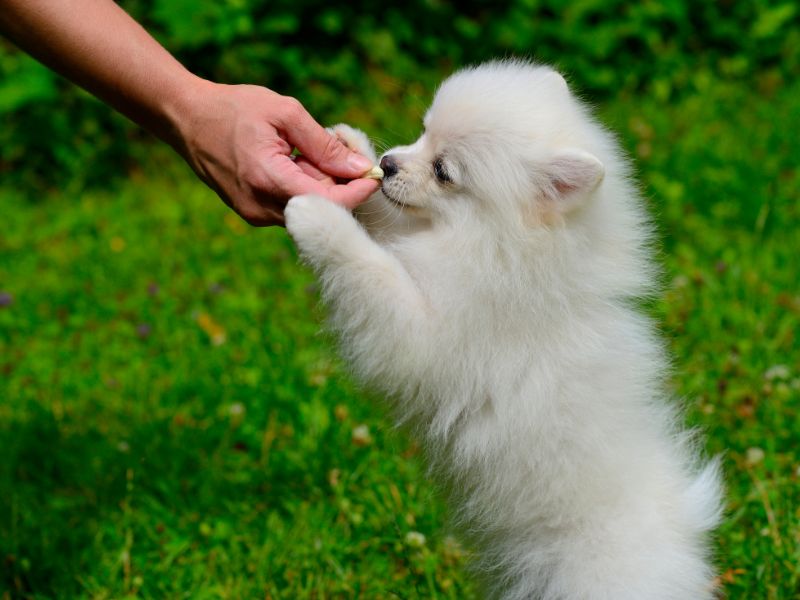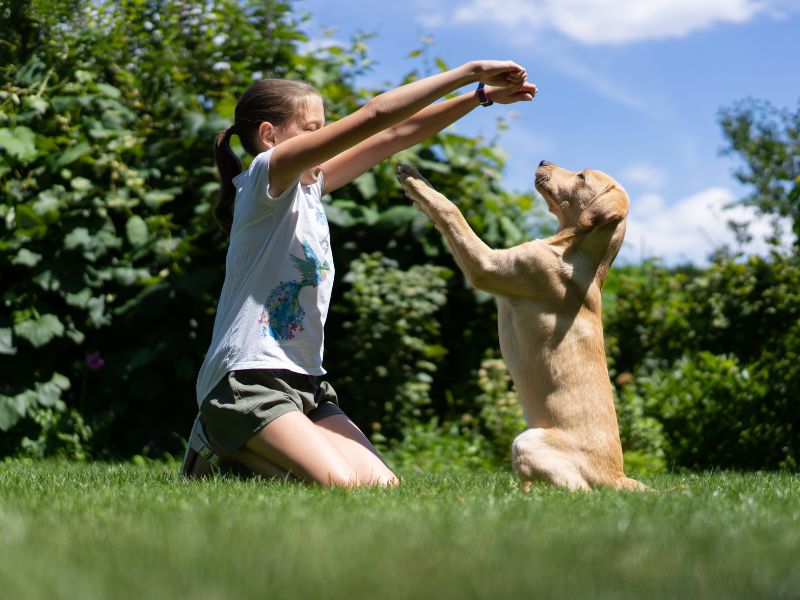Puppy training is an important part of pet ownership, it helps to keep your puppy safe and also provides a way for you to bond with your pup. But when is the best age to start training your puppy? In this article, we will explore the benefits of puppy training, what age is best to start training a puppy, and some tips and techniques to help you get the most out of your puppy training.
Introduction – What Is Puppy Training and Why Is It Important?
Puppy training is the process of teaching your puppy good behavior and how to get along in the world. It’s important to start training your puppy early so that they can learn how to behave in a variety of situations. Puppy training also helps to strengthen the bond between you and your pet, as well as providing a way to keep your pup safe.
There are many different types of puppy training that can be used, from basic commands to more advanced techniques. The type of training you choose will depend on your pup’s age, breed, and temperament. Regardless of the type of training you choose, it’s important to be consistent and patient with your pup.
Benefits of Puppy Training
Puppy training has many benefits for both you and your dog. First and foremost, training your pup helps to keep them safe. It also helps to reduce their anxiety and stress levels, as well as teaching them how to interact with other people and animals. Additionally, puppy training can help to prevent behavioral problems in the future.
Puppy training also helps to strengthen the bond between you and your pup. This bond is incredibly important and can help to create a strong, trusting relationship between you and your pet. Also, puppy training can help to provide structure and discipline in your pup’s life.

What Age Is Best to Start Training a Puppy?
The best age to start training a puppy is between 8 and 12 weeks old. At this age, puppies are most receptive to learning and are the most eager to please their owners. Starting training early will help to ensure that your pup develops good habits and behaviors.
Most experts recommend starting with basic commands, such as sit and stay. Once your pup has mastered these commands, you can move on to more advanced commands, such as heel and recall. Starting with basic commands will help to give your pup a solid foundation for learning more advanced commands later on.
Puppy Training Tips and Techniques
When training your pup, it’s important to be consistent and patient. Your pup will learn more quickly if you are consistent in your commands and rewards. It is also important to be patient with your pup, and not to expect too much, too soon. Training takes time and your pup may need extra time to learn a new command.
It’s also important to use positive reinforcement when training your pup. This means rewarding your pup with treats or praise when they do something correctly. This will help to reinforce the desired behavior and will make training more enjoyable for both you and your pup.
Socialization for Puppy Training
Socialization is an important part of puppy training. Socialization helps to ensure that your pup is comfortable in a variety of different situations and can help to prevent problem behaviors in the future. Socialization also helps to reduce stress and anxiety levels in puppies.
When socializing your pup, it’s important to make sure that the environment is safe and that your pup is comfortable. Introduce your pup to new people and animals slowly and in a controlled environment. This will help to ensure that your pup has a positive experience and will make socializing easier in the future.
Potty Training and Crate Training for Puppies
Potty training and crate training are two of the most important parts of puppy training. Potty training helps to ensure that your pup learns to go to the bathroom in the appropriate place, crate training helps to provide structure and discipline in your pup’s life.
When potty training your pup, it’s important to be consistent and to use a positive reinforcement technique. Take your pup to the same spot every time and reward them with a treat or verbal praise when they do something correctly, this will help to reinforce the desired behavior and will make potty training easier in the long run.
Crate training can be a great way to provide structure in your pup’s life, crate training helps to ensure that your pup has a safe and secure place to call their own. It’s important to make sure that the crate is not too big or too small for your pup, and that it is comfortable for them. It is also important to make sure that your pup is not left in the crate for too long, and that they are let out for regular potty breaks.
Training Basic Commands for Puppies
Training basic commands for puppies is an important part of puppy training. Basic commands, such as sit, stay, come, and heel, are the foundation for more advanced commands, such as recall and off-leash walking. It’s important to start training basic commands as soon as possible to ensure that your pup learns them quickly.
When teaching basic commands, it’s important to be consistent and to use positive reinforcement techniques. Additionally, it’s important to practice these commands regularly so that your pup remembers them. This will help to ensure that your pup is obedient and will make training more enjoyable for both you and your pup.

See Also: At What Age Should I Buy a Puppy?
And: What is the Quietest Calmest Dog?
Behavioral Training for Puppies
Behavioral training is an important part of puppy training. Behavioral training helps to ensure that your pup learns how to interact with other people and animals in a positive way. It also helps to reduce stress and anxiety levels in puppies.
When behavioral training your pup, it’s important to be consistent and to use positive reinforcement techniques. Additionally, it’s important to practice these techniques regularly so that your pup remembers them. This will help to ensure that your pup behaves in a positive way and will make training more enjoyable for both you and your pup.
Training Games for Puppies
Training games are a great way to make puppy training more enjoyable for both you and your pup. Training games can help to keep your pup engaged and can make learning new commands more fun. Additionally, training games can help to strengthen the bond between you and your pup.
When choosing training games for your pup, it’s important to make sure that they are age-appropriate and that your pup is comfortable with them. Also, it’s important to make sure that the games are challenging enough for your pup and that they are not too difficult for them. This will help to ensure that your pup is engaged and having fun.
Conclusion – Unlocking the Secrets to Perfect Puppy Training
Puppy training is an important part of pet ownership, it can help to keep your pup safe and provide a way to bond with your pet. The best age to start training a puppy is between 8 and 12 weeks old, and it’s important to be consistent and patient when training your pup. Additionally, it’s important to use positive reinforcement techniques, and to keep training sessions short and fun.
By following these tips and techniques, you can unlock the secrets to perfect puppy training. With a little bit of patience and consistency, you can help to ensure that your pup develops good habits and behaviors, and that you have a strong, trusting relationship with your pup.

